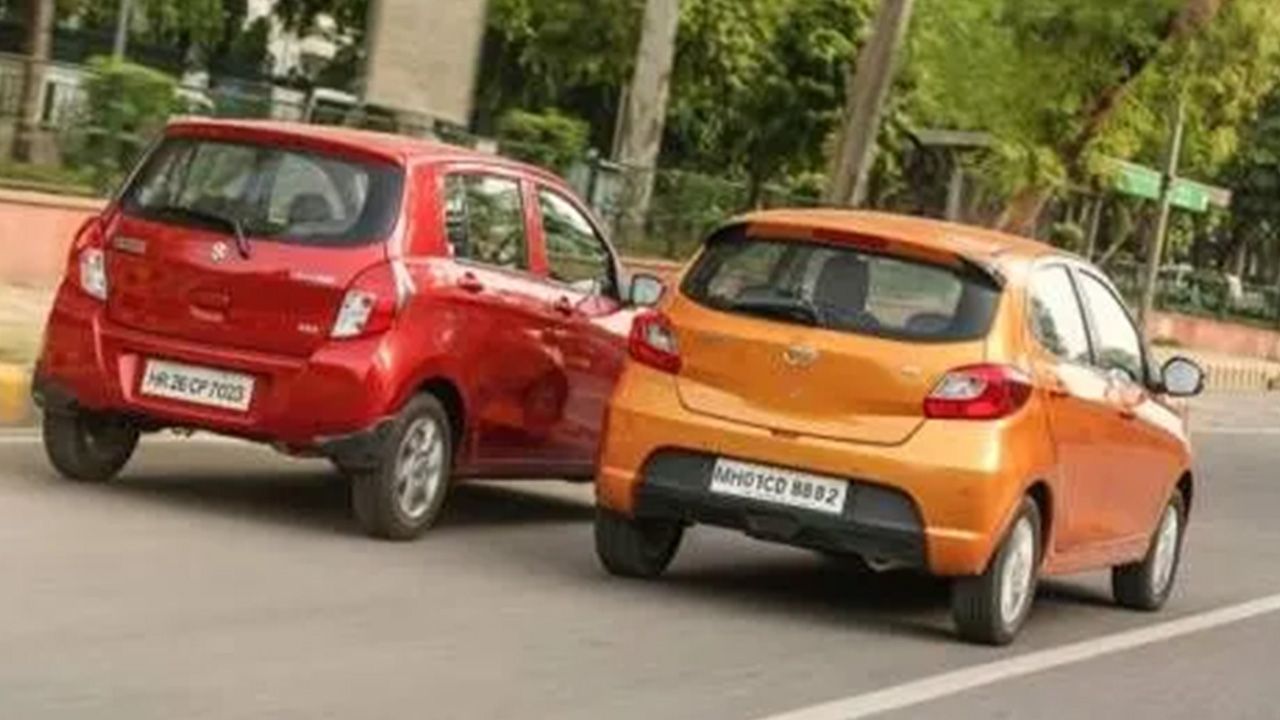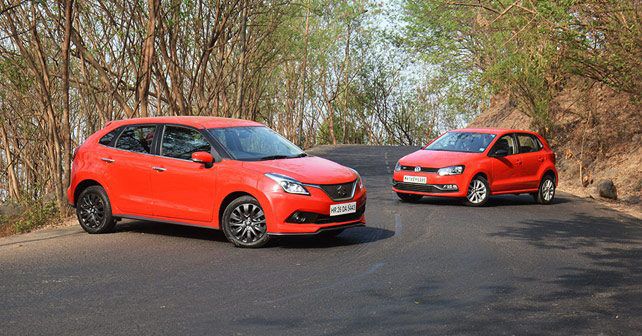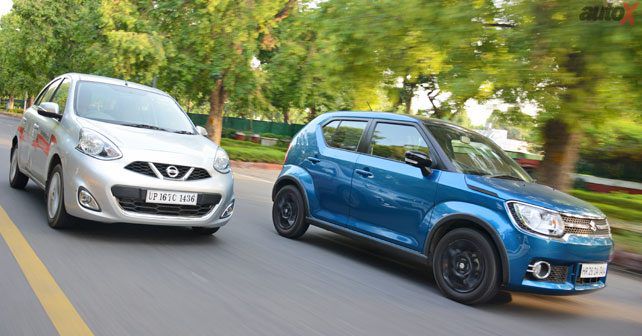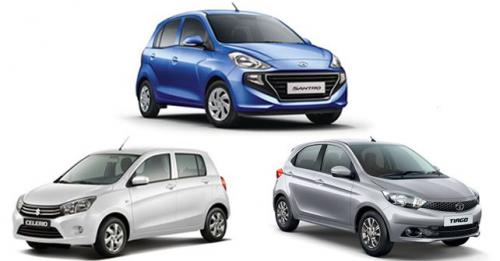
There's more to GST than just the revised tax structure
The Indian automotive industry is buzzing with the recent reform in the tax structure. All the numerous indirect taxes that were levied on all products have now been subsumed. In their place, the government has now introduced a single Goods and Services Tax (GST) and an additional cess. A lot of automobile segments are benefitting from this revised tax structure, but there is more to it than meets the eye. We dig deeper into the revised tax structure
1.) The Road Tax Issue: When the GST was first proposed, Society of Indian Automobile Manufacturers (SIAM) suggested that Road Tax should also be a part of it. In such a case, a car buyer would have to pay road tax just at the time of purchase, subsequent to which it can be driven in any state or union territory in India. This suggestion has been ignored and the road tax continues to differ for different cities. This means inter-state movement of your vehicle is still as difficult as always. As per the regulations, in some states, you are required to pay road tax within a month of bringing your vehicle, while some others allow a relaxation of 12 months.
Subsequent to the GST being imposed, Maharashtra State Government has announced an increase in road tax by 2 percent on private vehicles. Now, consider this. With GST being imposed, all sub-4 metre cars got a benefit of around 2-2.5 percent. While manufacturers have been quick in transferring the benefit to end users, the Maharashtra State government has been equally quick in stealing it away. The revised Road tax rates essentially mean that small car prices will remain more or less similar to what it was pre-GST.
2.) SUV dilemma solved: Pre-GST cars longer than 4 metres, with an engine capacity of more than 1.5-litre and a ground clearance of more than 170mm were categorised as SUVs. Indian car makers are infamous for finding loopholes in regulations. Mahindra had smartly reduced the ground clearance of the XUV 5OO by fitting it with a stone guard under the engine. Clever tactics like these meant some 'SUVs' were taxed less than the others. Now, GST puts all cars above 4 metres and engine capacity of more than 1.5-litre - SUVs, sedans or any other body style, on a level playing field. These cars are now being taxed at 43 percent (28 percent GST + 15 percent cess). So, unless the car is less than 4 metres in length or an electric, it will be taxed at 43 percent.
3.) Highly taxed hybrids: Pre-GST hybrid vehicles have levied a tax of about 30.3 percent. Some Indian manufacturers like Maruti Suzuki and Mahindra spotted this opportunity and introduced what is commonly referred to as 'mild hybrids', for instance, the Ciaz and the Scorpio respectively. Now, a car like the Ciaz that would otherwise be taxed at 51.6 percent was taxed 30.3 percent by virtue of it being a mild hybrid. Same was the case with the Scorpio - taxed 30.3 percent instead of 55 percent. But now, as per the revised tax structure under GST, these vehicles will be taxed higher than before - at 43 percent. While it is going to be easy for Maruti Suzuki and Mahindra to get rid of the hybrid systems in their vehicles, the real challenge will be for manufacturers like Toyota, Honda, Volvo and the likes. All of these manufacturers were already struggling sell their hybrid offerings even with the pre-GST rates and with the revision it is going to be even more difficult. In fact, we won't be too surprised if a few of these manufacturers discontinue their hybrid offerings in India.
Ever since the government has declared the tax bracket for hybrid vehicles, we have been bombarded with questions about why the government is discouraging hybrids, when the world over they are being pushed forward. A lot of countries in the European region have recently declared a shift to pure electric in the next 5-10 years. Most of these nations have gradually made the shift from petrol/diesel vehicles to hybrid and are now making the shift to electric. Interestingly, it looks like India is wanting to skip the hybrid step and jump straight to electric. In fact, not too long ago, the government declared that they want to make a shift to electric vehicles by 2030. With that objective in mind, the government has reduced the taxes on electric vehicles from 20.5 percent down to 12 percent. This move makes it amply clear that the government wishes to encourage the use of electric vehicles in a bid to achieve their objective. In fact, Indian Union Transport Minister Nitin Gadkari has even invited Tesla to set up a manufacturing plant in India. Now, critics argue that in such a scenario, the government should have imposed zero taxes on electric cars, but that is a topic for another day. What remains to be seen is just how quickly can the government develop its infrastructure to make India electric car ready.




























Write your Comment